The Rising Tide of Luxury Counterfeits
At Vestiaire Collective, a leading platform for pre-owned luxury goods, the battle against fakes is intensifying. Authenticators face a daunting task as the second-hand market flourishes, attracting both buyers seeking deals and sellers listing rare, high-value items.

The global counterfeit industry, valued at an estimated $467 billion, poses significant threats not only to businesses but also to employment and the environment. With over 260,000 jobs lost in 2023 due to counterfeit-related losses and 36.2% of fake items containing hazardous substances, the stakes have never been higher.
Advanced Tactics in Authentication
As counterfeiters grow more sophisticated, authenticators like Alison Young from Fashionphile emphasize the importance of scrutinizing minute details—stitching, thread weight, and logo precision—to spot fakes. Meanwhile, companies like Entrupy are leveraging AI to analyze over 2,000 unique characteristics per image, surpassing human limitations.
Brands Fight Back with Innovation
Luxury brands are not standing idle. Chanel has introduced holograms and microchips in its bags, while Prada offers authenticity cards for its recycled gold jewelry. These measures aim to restore consumer trust in an era where the line between genuine and fake is increasingly blurred.
The Consumer Dilemma
With luxury prices soaring and quality concerns rising, consumers are caught in a dilemma. The prevalence of high-quality fakes challenges the very value of authenticity, pressing brands to reaffirm their heritage and quality to maintain relevance.
In conclusion, the fight against luxury counterfeits demands continuous innovation, ethical production, and consumer education to safeguard the integrity of genuine products.

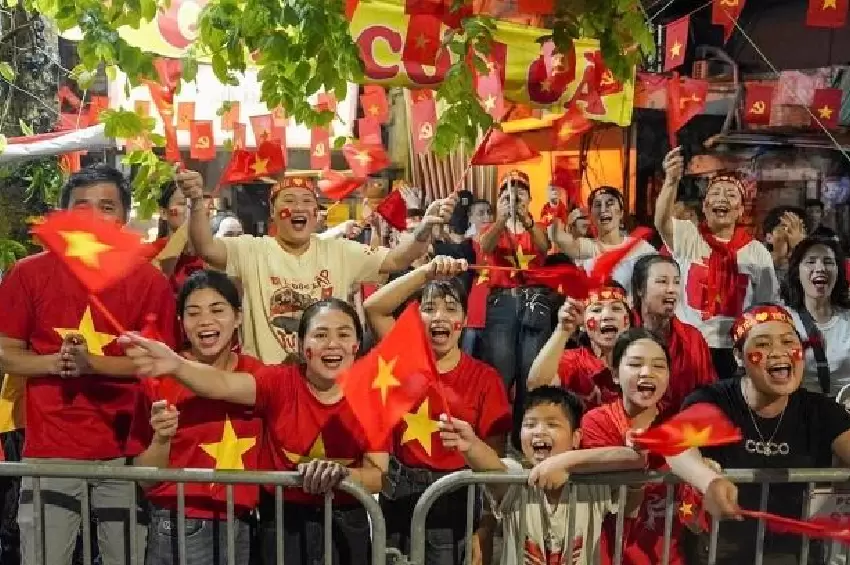
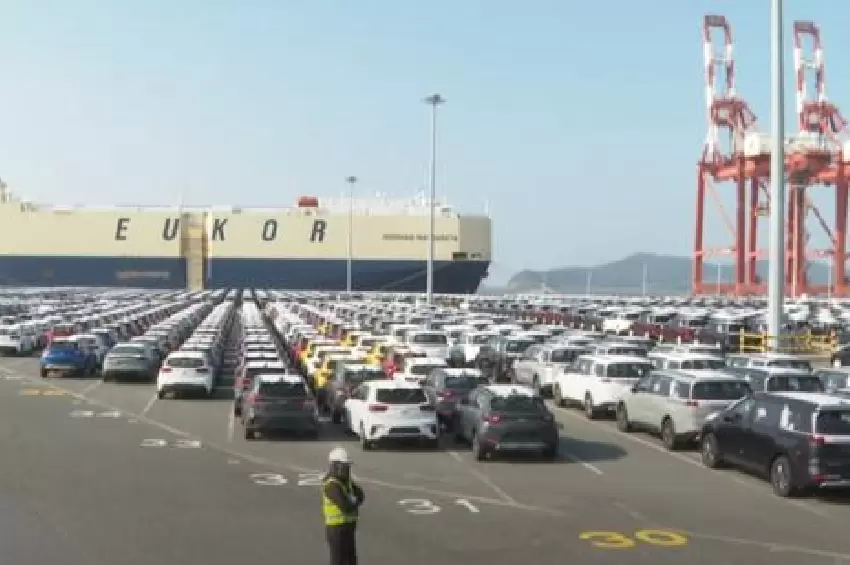

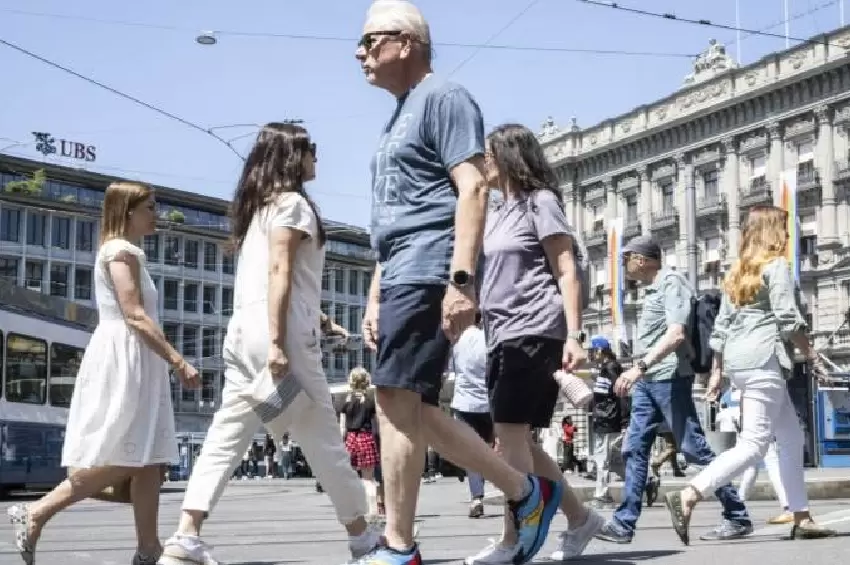
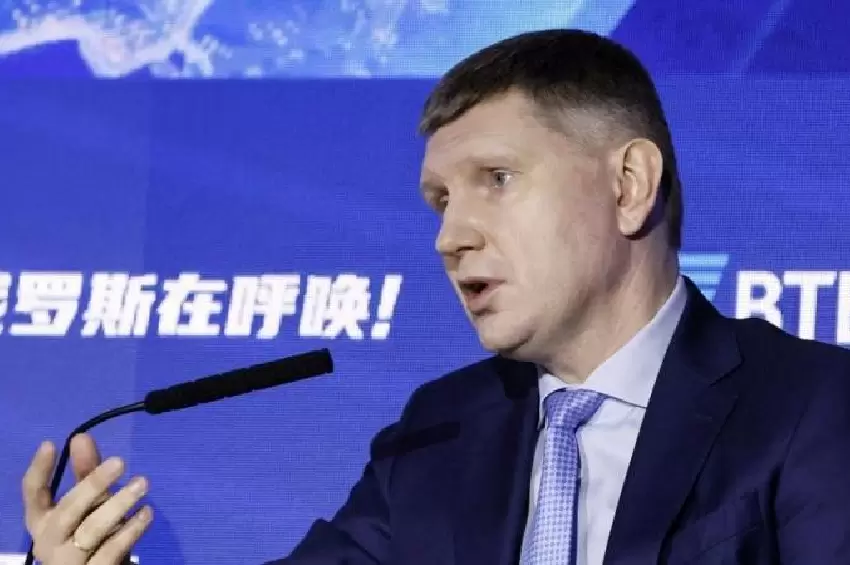
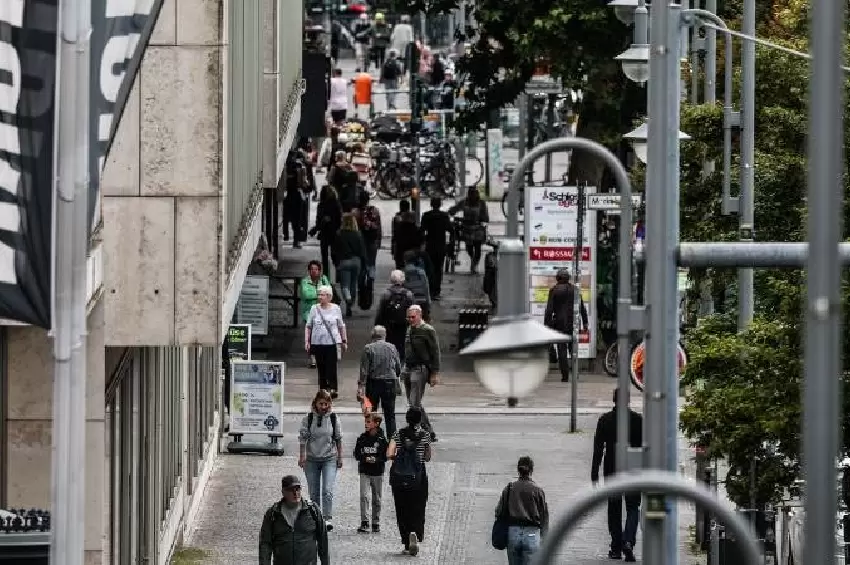
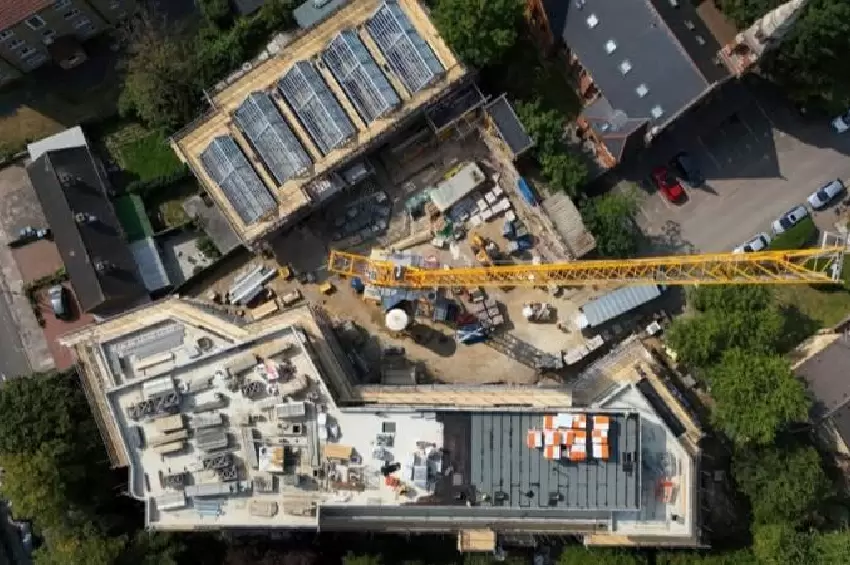
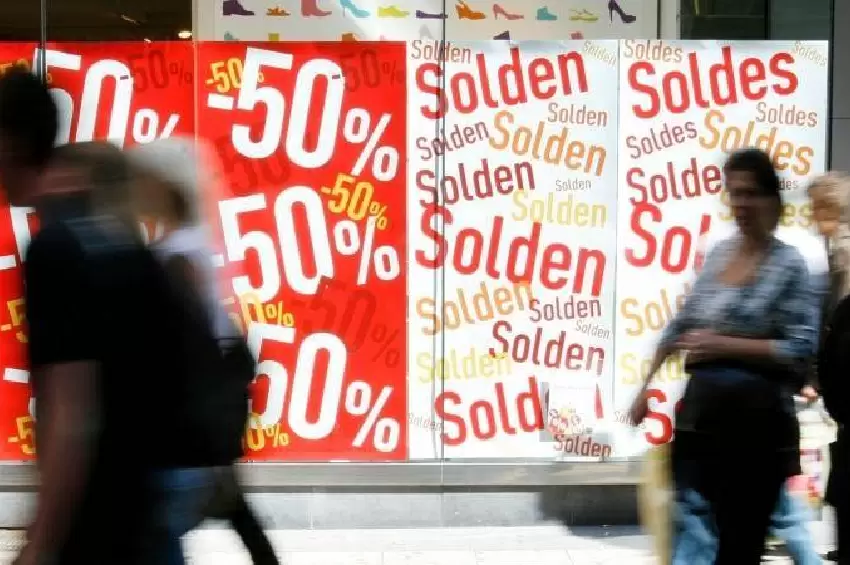
Comments